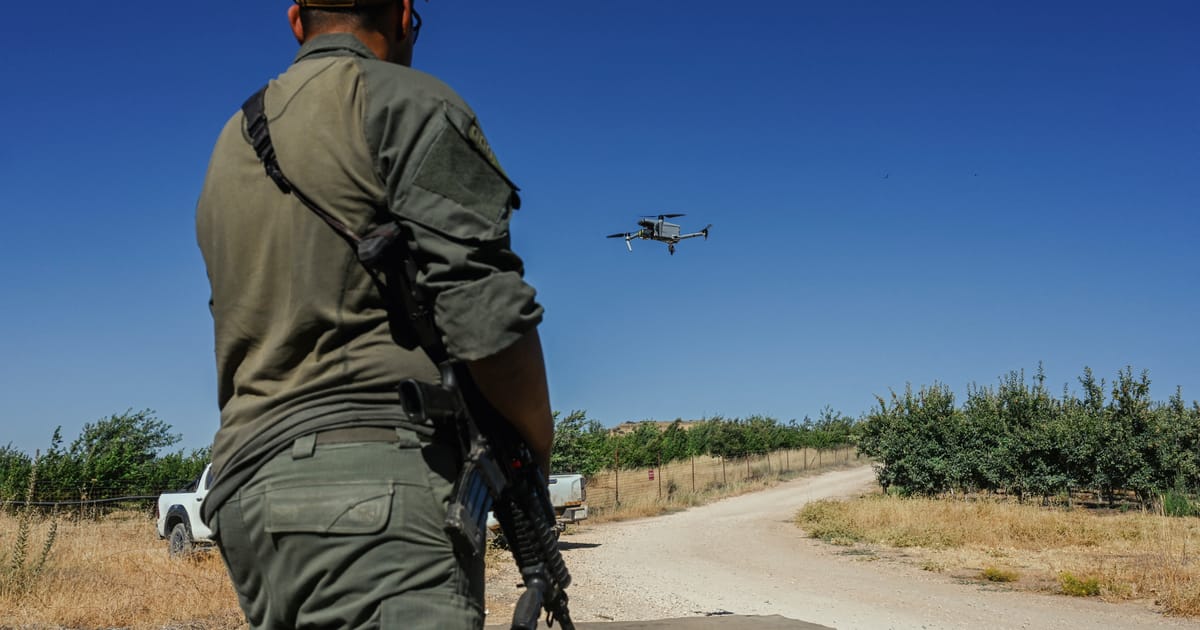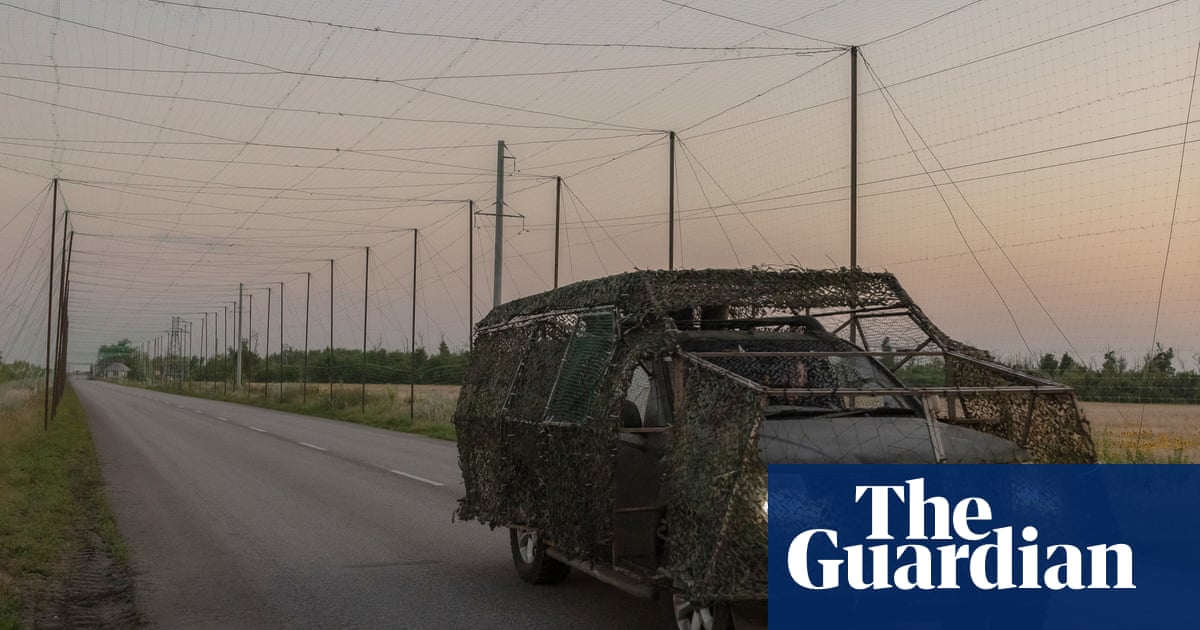- Netanyahu quietly leaves White House without announcement of breakthrough in Gaza talks The Times of Israel
- US envoy Steve Witkoff suggests Gaza ceasefire deal is close Al Jazeera
- Netanyahu returns to White House to meet with Trump The…
Blog
-

Condemning Recent Houthi Attacks on MV Magic Seas and MV Eternity C
The United States condemns the unprovoked Houthi terror attack on the civilian cargo vessels MV Magic Seas and MV Eternity C in the Red Sea, which resulted in the tragic loss of three mariners, with many…
Continue Reading
-

The end of drone supremacy – POLITICO
There are many reasons why drones no longer dominate today. | Jose Colon/Anadolu via Getty Images Yes, rates of significant drone kills have dropped measurably because of counter-drone technology, but they’ve also done so because of changes in tactics, techniques and procedures.
Next,…
Continue Reading
-

EU’s liberals and conservatives compete to woo Nicușor Dan – POLITICO
Dan’s choice of political home is significant as it has the potential to influence the dynamic among leaders around the summit table in Brussels. While Dan will remain free to follow his own priorities, members of European political parties regularly meet before leaders’ summits to…
Continue Reading
-

Africa must stop migrants reaching Europe to keep EU cash, plans show – POLITICO
In the plan, the Commission suggests potentially cutting funds to poorer countries if they don’t play their part in reducing migration flows.
“It shall combine all appropriate tools and the necessary leverage through a flexible incitative approach with, as appropriate within this…
Continue Reading
-

Ukraine war briefing: US weapons supply pause ‘caught Trump off guard’ | Ukraine
Asked if he wanted to see further sanctions against Russia, Trump replied: “I’m looking at it.” On Monday he said he was “disappointed” with Russia’s president and would send “more weapons” to Ukraine, reversing the…
Continue Reading
-

The EU presidency says Europe must rearm within 5 years. It’s unclear how that could be done
BRUSSELS (AP) — Russia could pose a credible security threat to the European Union by the end of the decade and defense industries in Europe and Ukraine must be ramped up within five years in…
Continue Reading
-

USAID review raised ‘critical concerns’ over Gaza aid group days before $30 million US grant
CNN
—
An internal government assessment shows USAID officials raised “critical concerns” last month about a key aid group’s ability to protect Palestinians and to…
Continue Reading